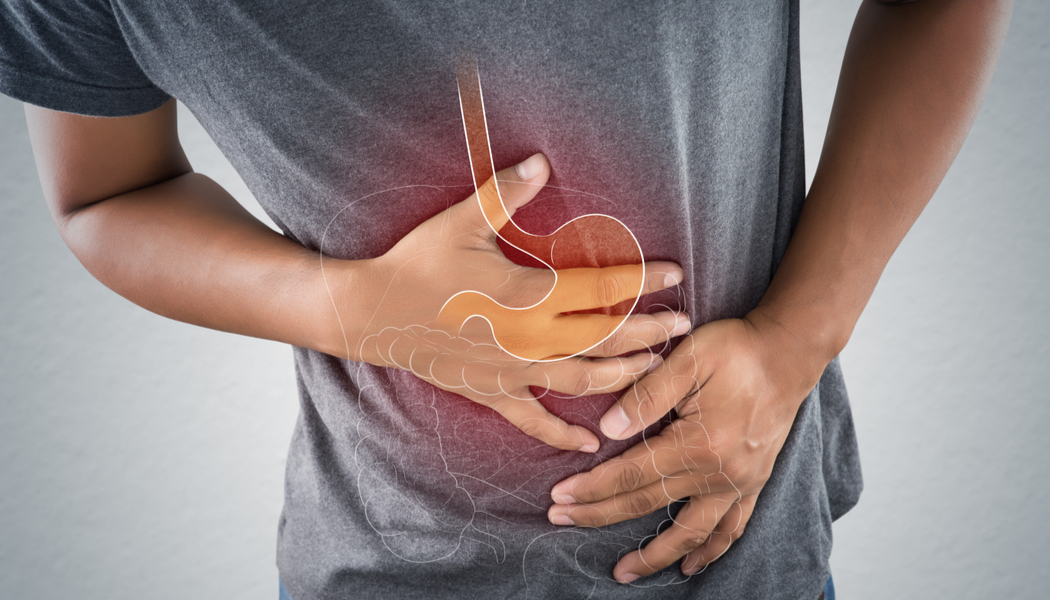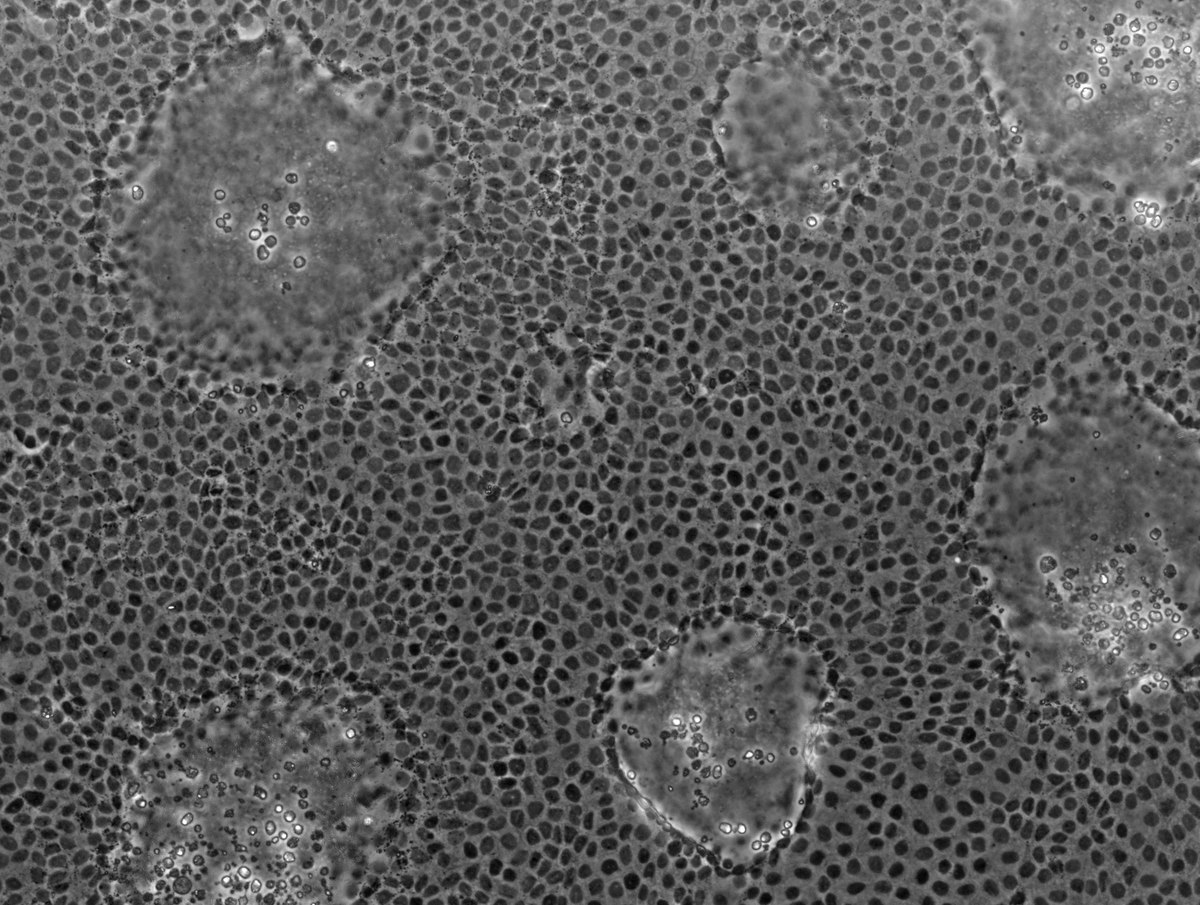The colon is part of the body’s gastrointestinal system responsible for expelling waste products from the body. The gastrointestinal system consists of the esophagus, stomach, small intestine, and large intestine. The colorectal occupies the first six feet of the large intestine.
According to the Global statistics report, it is believed that colon cancer could likely increase by 60% by 2030, with more than 2.2 million new cases and 1.1 million deaths expected. Colon cancer is the second most deadly form of cancer after lung cancer. However, it is also one of the most manageable diseases to detect in its early stages. When diagnosed early, it is one of the most curable diseases as well. Unfortunately, it has a high recurrence rate, high metastasis rate, and even treatment. Like most cancer treatments, there are radiation therapy, chemotherapy, and surgery, but they have side effects. Therefore, there is a need for a highly effective treatment method with few side effects.

On the other hand, it is known that fucoidan is a high molecular weight polysaccharide extracted from brown algae with many benefits. It has physiological activities such as antioxidant, anticoagulation, anti-inflammatory, antiangiogenic, and anticancer effect. In the previous blogs, I introduced the anticancer effect of fucoidan in colorectal cancer. In this article, I would like to share the study “In vitro anticancer activity of fucoidan extracted from Sargassum cinereum against Caco-2 cells” by S. Sivasankara Narayani et al. Through this, I will present a comparison of fucoidan with the anticancer drug of anticancer effect on colon cancer cell line Caco-2 with apoptosis induction using fucoidan derived from Sargassum cinereum.
First, Caco-2 cells were cultured for 24 hours in a medium supplemented with 0,100,250,500 µg / mL fucoidan or four µg / mL anticancer drug (5-fluorouracil) 4. Then the cell morphology was observed, along with the survival rate. (See Fig. 1). As a result, it was found that treatment with fucoidan inhibited the growth of the innermost part of Caco-2 in a concentration-dependent manner. Additionally, it was proven that fucoidan of 250 µg / mL or more showed an effect comparable to anticancer drugs. Later, to investigate the mechanism of action of fucoidan, apoptotic cells were stained green and dead cells were stained red, and the cells were observed with a fluorescence microscope. (See Fig. 2) As a result, many red colors occupying dead cells were offered the treatment with fucoidan. In addition, when treated at 250 µg / mL or higher, yellow-shining cells that resulted in cell death (red) due to apoptosis (green) were observed.
Furthermore, in Caco-2 cells treated with fucoidan, displays characteristics of apoptosis such as nuclear aggregation, mitochondrial membrane damage, and reactive oxygen species (ROS) production were observed. These results suggest that Sargassum cinereum-derived fucoidan acts on Caco-2 cells to produce ROS and induce apoptosis through mitochondrial dysfunction. Therefore, according to the above study’s impression, effective treatment of colorectal cancer is expected.

Morphological observation of Caco-2 cell line supplemented with fucoidan and anticancer drug

Life/death determination of Caco-2 cell line supplemented with fucoidan and anticancer drug
